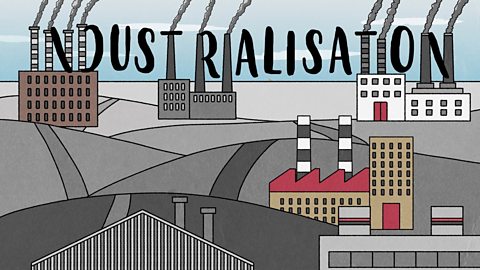What is capitalism?
Capitalism is an economic system based on private ownership.
In capitalism, the means of production are privately owned and operated to make profit for the owners. The means of production of all the raw materials,facilities, machinery and tools needed to be able to produce goods, while workers are usually employed to work for an agreed salary.
This is very different to communism where the means of production are owned by the community and profits should be shared out according to need.
Indeed, the rivalry between the two ideologies led to what was known as the Cold War, which lasted for most of the second half of the 20th century.
In practice, there are different forms of capitalism. The most common is free market capitalism. This is based on supply and demand of goods and services.
Supporters believe that where people are left alone to buy and sell freely among themselves, traders compete with each other and the best goods are offered for the best possible prices. And whenever enough people demand something, it will be supplied by the market.
This description of the free market was popularised by Scottish economist, Adam Smith, in his 1776 book, The Wealth Of Nations.
But, not everyone agrees with Smith. Critics of capitalism argue that it concentrates power and wealth in the hands of a minority group, the capitalist class, who profit from the exploitation of workers and prioritise profit above what's best for society, sustainability and the environment.
In the 18th and 19th centuries, the development of modern capitalist societies in Western Europe and the United States of America led to the Industrial Revolution and the establishment of the factory system.
Today, most modern Western economies are mixed economies, combining elements of free market capitalism and state intervention.
Here, in the United Kingdom, our national health services and state school system are managed by the government, paid for by taxation and not designed to make a profit.
These services sit side by side with privately owned industry.
Capitalism has evolved through history and has taken many different forms in different times and places. It is still widespread across the globe today.
Video summary
A short animation for KS3 students about capitalism: its core beliefs, its followers and critics.
After defining the political ideology of capitalism and contrasting it with communism, the film explains that the rivalry between the two was the basis of the Cold War in the second half of the 20th century. It then outlines the basics of free market capitalism and its origins in Adam SmithÔÇÖs book ÔÇÿThe Wealth of NationsÔÇÖ. It goes on to look at how the development of capitalism led to the Industrial Revolution and the factory system. Finally, it explains that most modern Western economies are mixed economies, combining free market capitalism and state intervention.
Illustrative examples are chosen from popular schemes of learning so learners will be able to confidently apply their knowledge and appreciate the dynamic nature of the concept being explained.
This short film could be used to support learners who are investigating:
- Challenges for Britain, Europe and the wider world 1901 to the present day
- The inter-war years: the Great Depression and the rise of dictators
- At least one study of a significant society or issue in world history and its interconnections with other world developments
- USA in the 20th Century
Teacher Notes
This short film can be used for whole class direct instruction or with smaller groups and individuals.
Since the film is designed to help students understand how capitalism works, it can be used as a flexible tool to help learners make connections and think about changes and causation leading to similarity and difference across time periods.
The film can be revisited throughout the key stage, depending upon learnersÔÇÖ differing needs and starting points, to help reinforce the umbrella term, consolidate knowledge and understanding and aid progression.
Accompanying films from this series on Industrialisation and Communism might be helpful to students wishing to know more.
Suggested activities:
Individually or in groups students, could predict the film content in advance, drawing up a key word list and, whilst watching, cross check what they thought with what they learned. This could help correct any preconceptions, assumptions or misconceptions.
Students could watch this film in conjunction with the Communism episode from this series, and draw up a table of similarities and differences between the two ideologies.
The film can be preparatory work, with students encouraged to watch and generate questions before a sequence of learning.
Students could initially watch and then later ÔÇÿwrite the scriptÔÇÖ or provide a voice over, recalling information from memory by way of retrieval practice in a storyboard style.
Students could actively watch whilst answering a series of questions generated by the teacher tailored to the period under study. Students could then create a summarising pyramid.
Students could be encouraged to draw a diagram to represent their understanding of how capitalism works in practice.
This short film is relevant for teaching history at KS3 in England, Wales and Northern Ireland and 3rd Level in Scotland.
Government. video
An animated film for KS3 students outlining what government is, and different styles of government.

Communism. video
A short animation for KS3 student about communism: its core beliefs, and its followers and critics.
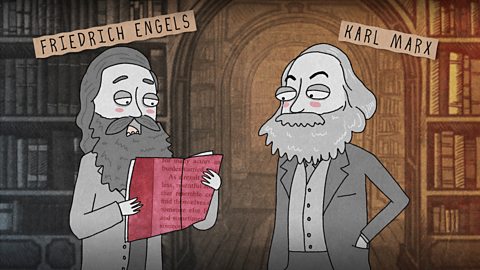
Revolution. video
A short animation for KS3 students about the meaning of revolution when used in history, covering some significant political and social changes.

Suffrage. video
An animation for KS3 students about the struggle for full adult suffrage in the United Kingdom.

Migration. video
An animation for KS3 students on the impact of migration to, from and within Britain over time.

Parliament. video
An animation for KS3 students about Parliament and how struggles in Britain between monarchy, church and state have changed its power over time.
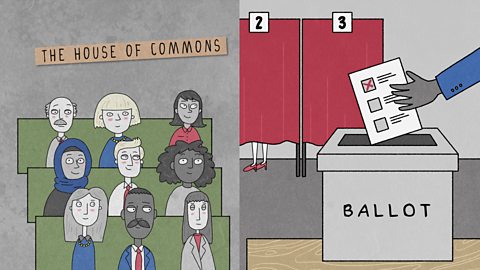
Fascism. video
An animation for KS3 history students about fascist ideology in the 20th century.
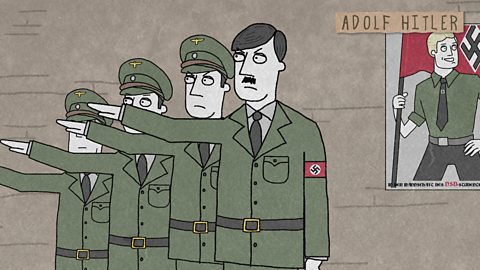
Empire. video
An animation for KS3 history students about the concept of empire, with a brief look at the Roman Empire and the rise and fall of the British Empire.
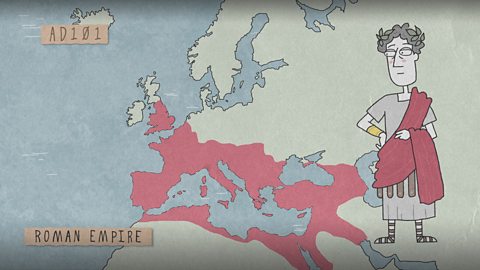
Industrialisation. video
An animation for KS3 history students about industrialisation: Britain's role in the Industrial Revolution and how industrialisation has spread across the globe.
